VITA Zahnfabrik
H. Rauter GmbH & Co. KG
Spitalgasse 3
79713 Bad Säckingen

Reliable Workflow for Tooth Shade Determination and Reproduction
Standardizing visual tooth shade determination and precise shade reproduction are some of the everyday challenges faced in dental practices. The perception of color is based on subjective, visual sensory impressions and is influenced by a number of factors. For example, lighting conditions have a significant impact on the shade chosen during tooth shade determination. The basic shade of the tooth is mainly defined by the dentine, while the layers of enamel on top produce a variety of optical effects, depending on the thickness and translucency. In the following case, dentist Dr. José Gabriel Martínez demonstrates how easy and reliable tooth shade determination and material selection can be using the VITA Easyshade V digital spectrophotometer (VITA Zahnfabrik, Bad Säckingen, Germany).
Clinical situation
A patient's upper middle incisor was reconstructed using a direct composite restoration, which fractured. In addition to the material deficiency, the patient was also not satisfied with the tooth shade and esthetic appearance. For that reason, the decision was made to reconstruct the tooth using an efficient, digital workflow with a monolithic, tooth-colored feldspar ceramic crown. In order to treat the patient in a single session, a full crown restoration was performed and the composite structure was almost entirely removed. Following, a temporary crown was made from the CAD/CAM VITA CAD-Temp multiColor composite material using the 2M2 shade, in order to stabilize the tooth and soft tissue.
Tooth shade determination
The shade was digitally determined using VITA Easyshade V, achieving a perfect color match between the new restoration and the neighboring left incisor tooth. A spectrophotometer was used to transmit defined light into the dentine core and the reflected light spectrum was recorded by a measuring probe. Then the spectral data was analyzed independently from the ambient conditions and the tooth shade was determined. This procedure was used to determine the 2M2 tooth shade for the patient and to select the system-recommended VITABLOCS RealLife blank (VITA Zahnfabrik, Bad Säckingen, Germany). In order to provide the dental technician with detailed information on the results, additional digital photos were created in RAW format. The photographs were taken using the shade guide and a polarizing filter in order to reduce reflections.
CAD/CAM Workflow
After an analog method was used for the impression and model fabrication, the situation was scanned using the inEos X5 and the crown was constructed using the inLab-CAD- Software (both Dentsply Sirona, Bensheim, Germany). The applied VITABLOCS RealLife replicated the tooth's natural arched shade gradient between the dentine and anterior, thanks to 3D layered structure. In order to reproduce the shade and translucency of the neighboring anterior teeth with a natural appearance, the virtual restoration was positioned individually within this three-dimensional layer structure. The monolithic restoration was then fabricated using the inLab MC XL milling unit (Denstply Sirona, Bensheim, Germany). Finally, the restoration was finished with fine diamond and polishing tools.
Treatment result
During the clinical try-in, the patient and technician were both highly satisfied with the results, as the feldspar ceramic crown was very well-integrated into the natural tooth structure. After conditioning the lumen with hydrofluoric acid and silane, the crown was fixed with adhesive. Precise digital tooth shade determination, the correct blank choice based on the VITA Easyshade V block mode and the additional information provided by digital photography were the success factors in the efficient production of an esthetic, monolithic restoration with natural shade effects and light dynamics.
Report 11/18
Dr. José Gabriel Martínez
Barcelona, Spain
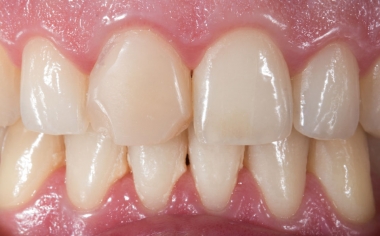
Fig. 1: The insufficient, fractured composite filling on tooth 11 was to be restored using a CAD/CAM-supported feldspar ceramic crown.
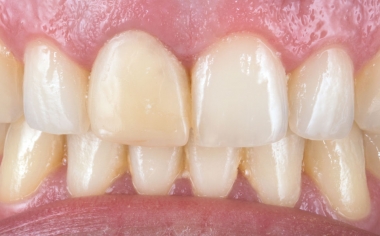
Fig. 2: As a quick solution, a temporary composite crown was fabricated using CAD/CAM-based VITA CAD-Temp multiColor.
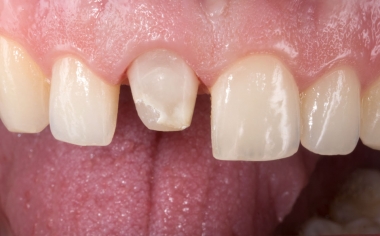
Fig. 3: During the preparation of tooth 11, the composite filling was almost completely removed.
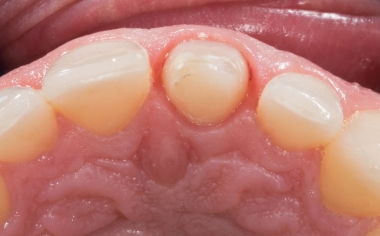
Fig. 4: During the preparation, the minimum layer thicknesses of the restoration was observed.
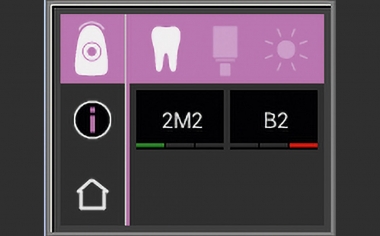
Fig. 5: The basic shade 2M2 was determined using VITA Easyshade V.
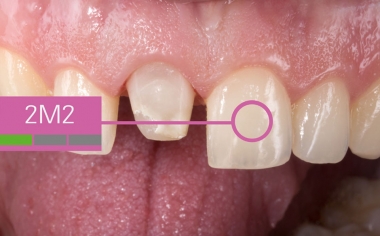
Fig. 6: The shade of the neighboring tooth was integrated into a digital photo and sent to the laboratory.
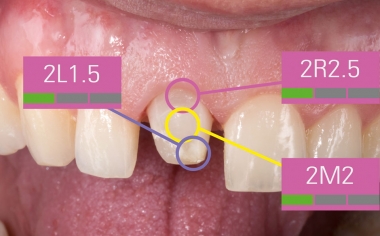
Fig. 7: Since the shade of the prepared tooth affects the shade of the restoration, a 3-point measurement was conducted.
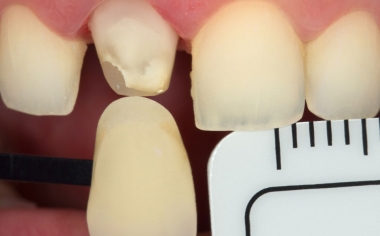
Fig. 8: A digital photograph with polarizing filter and corresponding shade tabs provided the dental technician with individualized information.
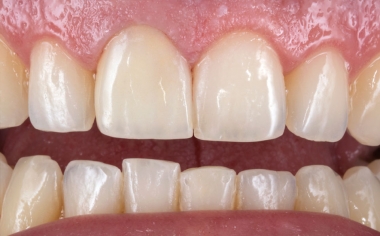
Fig. 9: The highly esthetic monolithic crown naturally integrated into the dental arch.